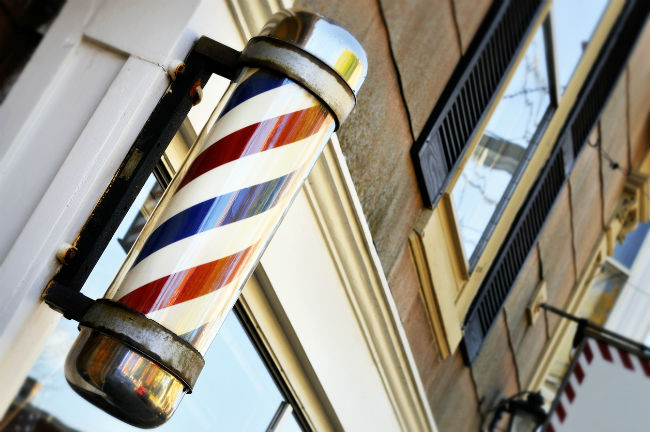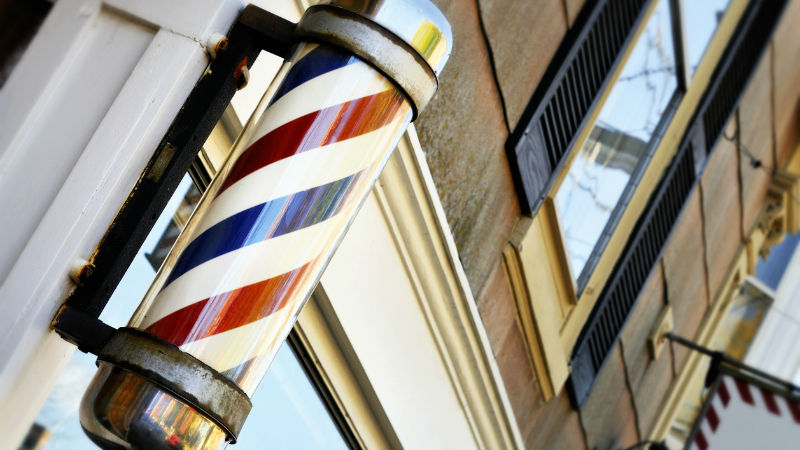

It is hard to hear the word “barber” and not think of the old-time red, white, and blue striped barber poles and guys hanging around discussing everything from family to farm equipment . . . and maybe even singing in a quartet! Being a barber is actually a profession with a long and varied history. Here are a few interesting historical facts about the barber profession that might be fun to know if you are considering a career as a barber.
- Cutting or not cutting the hair has been a cultural and even religious topic since the dawn of mankind. For example, in some ancient cultures, it was believed that evil dwelled in hair so it should be cut off at every opportunity. Others believed hair to be the person’s soul and strength and would never have their hair cut.
- The first barber shops are believed to have begun in Ancient Greece as a meeting place or club for men to discuss politics, community matters, and philosophy. The style of the times was to be well-trimmed, so barbers were in huge demand. They performed shaving, trimming beards, massaging, and used a number of products such as beeswax, lotions, and scents to pamper their customers.
- Barbers once did far more than they do today. At one point, all medical work was done by clergy, and when edicts were issued to forbid them from doing so, it was barbers that stepped in to do such tasks as dental extractions, bloodletting, and even surgeries. It wasn’t until the mid-1700s that barbers were stripped of their medical duties and permitted only to deal with hair care. Many shifted to making wigs, which were common in that period.
Today, barbershops are not as common in America, as unisex hair salons and cosmetologists have replaced many of the traditional his-and-hers hair care businesses. That is not to say that the barber himself is extinct, however. Barbering training is alive and well because a barber can work in either a barber shop or a unisex hair salon.
If you would like to know more about being a barber (and thankfully, not have to deal with bloodletting or pulling teeth!), give us a call here at Elite Academy of Cosmetology. We think you’ll love our barber school and programs at our Lawton, Oklahoma campus.


I love the THE TAPER hairstyle. I think everyone will like this haircut these days. I am new in this professional. I have just started learning beauty techniques an hair cutting.